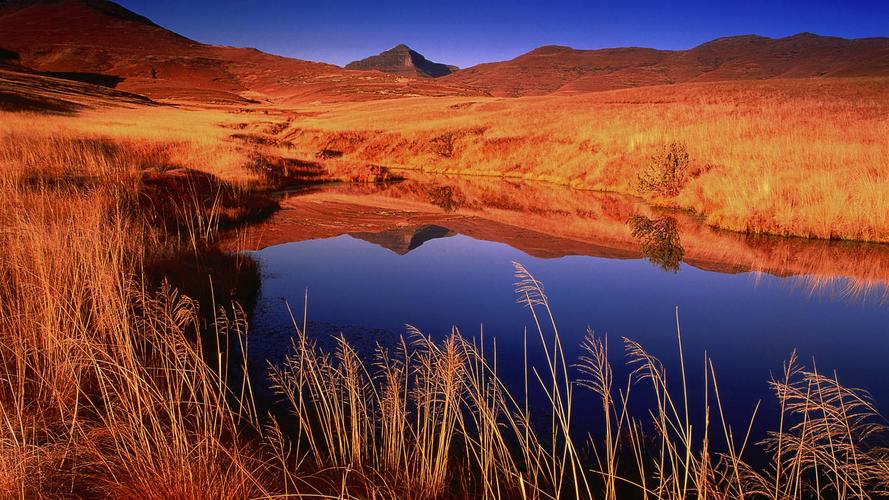The Ultimate Guide to Vermont Backpacking: Tips and Trails for Outdoor Enthusiasts
Vermont is a true paradise for outdoor enthusiasts, and backpacking is one of the most popular activities to explore all its hidden gems. From the Green Mountains to the Long Trail, Vermont boasts a vast network of hiking trails that cater to all levels of experience. Whether you’re a seasoned hiker or a novice, this guide will provide you with the essential information you need to plan your next backpacking adventure in Vermont.
Getting Started
Before you start your backpacking trip, it’s crucial to have the right gear and equipment. Some of the essentials include a backpack, tent, sleeping bag, cooking supplies, water filter, and a map and compass. Additionally, make a checklist of all the items you need, and ensure you pack enough food and water to last you the entire trip.
Trails to Explore
Vermont has a wide range of trails suitable for backpacking, and the following are some of the most popular ones:
The Long Trail
The Long Trail is a scenic hiking trail that runs through the Green Mountains, from the Massachusetts border to the Canadian border. The trail is about 273 miles long and offers backpackers stunning views of Vermont’s wildflower meadows, lush forests, and picturesque streams.
Appalachian Trail
The Appalachian Trail is another famous trail that extends across 14 states, including Vermont. The trail passes through the Green Mountains and offers hikers incredible views from Mount Killington, the highest peak in the range.
Lake Chittenden Loop Trail
Lake Chittenden Loop Trail is a beautiful 7.2-mile hiking trail that circles Lake Chittenden. The trail offers backpackers a chance to explore the lush forests and stunning lake views, making it an excellent choice for novice backpackers.
Tips for a Successful Backpacking Trip in Vermont
To ensure your backpacking trip is a success, be sure to keep the following tips in mind:
Prepare for the Weather
Vermont’s weather can be unpredictable, so it’s essential to check the weather forecast and pack accordingly. Be sure to bring warm clothing, rain gear, and an extra layer to keep you warm during chilly nights.
Respect the Wildlife
Vermont is home to a wide variety of wildlife, including black bears, coyotes, and moose. When hiking, be sure to respect their space and avoid leaving any food or trash that can attract them.
Stay on the Trails
It’s crucial to stay on the established trails to minimize the impact on the environment and avoid getting lost. Additionally, camping is only allowed in designated areas, so be sure to check the regulations for each trail before setting up camp.
Conclusion
Backpacking in Vermont offers outdoor enthusiasts an opportunity to explore some of the most scenic trails in the United States. From the Long Trail to Lake Chittenden Loop Trail, Vermont’s diverse landscapes provide backpackers with unique experiences that are worth exploring. By following the tips mentioned in this guide, you’ll be able to prepare for an exciting backpacking adventure in Vermont that is sure to be unforgettable.
(Note: Do you have knowledge or insights to share? Unlock new opportunities and expand your reach by joining our authors team. Click Registration to join us and share your expertise with our readers.)
Speech tips:
Please note that any statements involving politics will not be approved.
